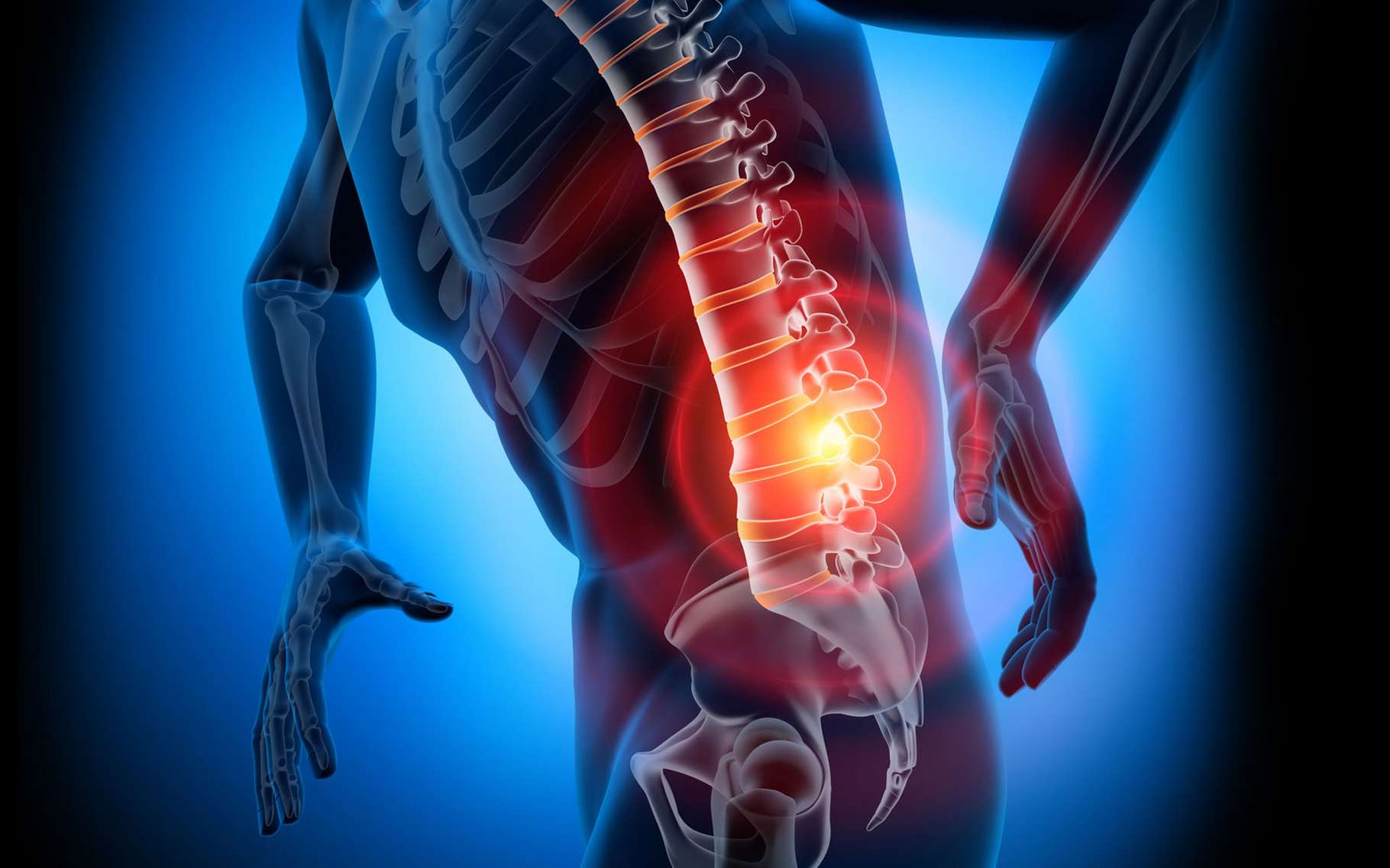Yoga for osteoarthritis
The practice of yoga has many health benefits. Stress reduction, energy gain, increased flexibility, improved sleep, muscular strengthening...
But did you know that yoga is also an effective remedy for osteoarthritis?
For those who suffer from it, doing two yoga sessions a week will reduce symptoms and provide lasting relief from the pain associated with the disease.
What is osteoarthritis?
Osteoarthritis is a widespread joint disease. This rheumatic pathology is the consequence of the alteration of joint cartilage and its inflammation. This painful disease also causes mobility problems since the cartilage gradually disappears and gives way to calcification phenomena between the bones. Movements become more difficult and also more painful.
Osteoarthritis can affect all types of joints. Among the most common are :
• Cervical and lumbar osteoarthritis,
• Osteoarthritis of the knee,
• Osteoarthritis of the thumb and fingers,
• Osteoarthritis of the hip,
• Osteoarthritis of the ankle,
• Osteoarthritis of the shoulders.
Medical treatments (analgesics and anti-inflammatory drugs) aim to limit the evolution of the disease and improve the comfort of the person affected. However, no treatment can cure the disease. Joint injuries related to osteoarthritis are irreversible.
Osteoarthritis is a disease that is particularly linked to age, but can also have other causes. Triggering factors include intensive sports activity (including athletics, tennis, team ball sports, board sports, judo, karate, dance or weightlifting), overweight or obesity, which weaken the joints.
Paradoxically, the practice of a sport in a moderate manner allows one to gain flexibility and avoid developing osteoarthritis later on.
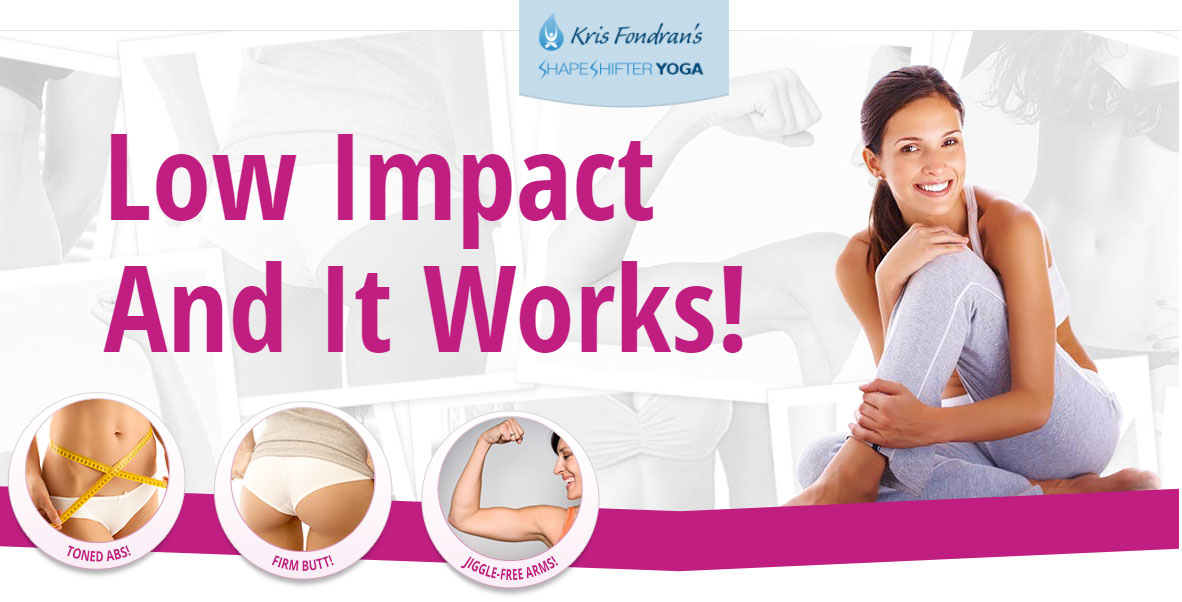
Doing yoga to relieve osteoarthritis
Recent studies have shown the value of practicing yoga in a gentle form to reduce the symptoms associated with osteoarthritis.
A team from John Hopkins University in Baltimore followed 75 patients with osteoarthritis of the knee or rheumatoid arthritis who did not engage in regular physical activity. They were divided into several groups, some of whom practiced yoga weekly, with two one-hour group sessions and one one-hour session at home.
The results clearly showed a benefit for the patients, who after two months saw a better quality of life, through improved mood, higher energy levels and improved physical performance. Pain due to joint inflammation was also significantly reduced.
These results were all the more positive as 9 months after the experience, patients were still feeling the benefits of yoga on their bodies.
However, rheumatologists are often reluctant to recommend the practice of yoga. Probably because not all types of yoga are suitable for joint problems. It is better to take private yoga classes with a teacher who specializes in joint health issues. In any case, do not go against the advice of your doctor or physiotherapist regarding the practice of yoga.
The effects of yoga to relieve osteoarthritis?
Of course, given the pathology that is osteoarthritis, yoga sessions must be done gently with a competent yoga teacher to propose adapted postures. The lack of joint flexibility related to osteoarthritis can indeed cause injuries if the yoga class is practiced too strenuously.
Breathing and relaxation exercises are also at the heart of therapeutic yoga. Controlling your breathing and emotions is very important when you want to learn how to better manage pain.
Gentle postures will also help soften the joints to limit the negative effects of osteoarthritis on mobility and the ability to perform certain movements.
Thus, hatha yoga works for people with osteoarthritis by :
• Limiting muscle atrophy and ligament retraction,
• Strengthening the deep muscles that support the joint,
• Softens muscles to facilitate movement,
• Improves synovial circulation, essential for strengthening cartilage,
• Improving blood circulation, to relieve the inflammation that causes sharp pain.
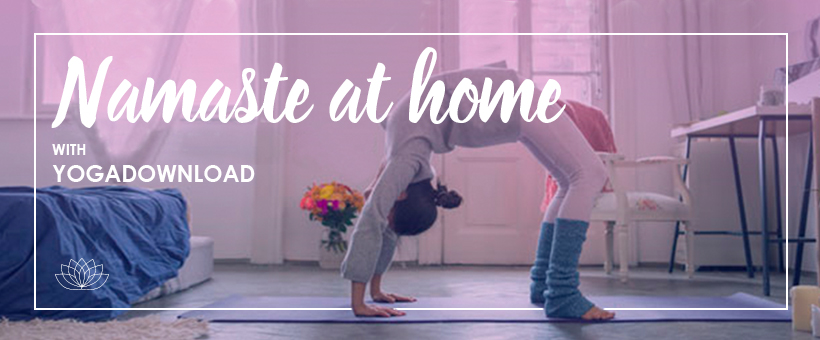
Some yoga postures help develop muscular strength while protecting the joints. Pain is reduced because the movement generated by the exercise improves joint function.
The stronger your muscles around the painful joint, the less intra-articular pressure you will feel.
Of course, it's best to start yoga before you feel any symptoms of osteoarthritis. Someone with moderate to severe osteoarthritis may not see as much benefit as someone with milder osteoarthritis.
Here are a few tips on how not to overtax your joints if you wish to practice yoga:
• Don't jump to avoid shocks to the knee, ankle and hip joints,
• Do not hold the yoga postures for too long,
• Promote proper body alignment,
• Promote a relaxing atmosphere and unwind,
• Start with simple, fluid movements to lubricate the joints at the beginning of the session.
However, pain can interfere with the practice of certain postures and before you begin yoga, consult a health care professional who will tell you which poses to avoid. For example, if you have osteoarthritis in your ankle, avoid putting weight on it even though it has the advantage of developing muscles. Avoid intense bending, which can also be a source of pain.
Nevertheless, if you feel sharp pain, it is advisable not to rest for too long: 12 to 24 hours maximum. Prolonged rest leads to muscle atrophy and therefore reduces the mobility of the joint. Non-traumatic exercises should be resumed shortly afterwards under the watchful eye of a health professional such as a physiotherapist.
Which yoga postures are good for your joints?
The practice of yogatherapy must take into account joint problems. The goal is to work on the affected areas gently and painlessly. Depending on the type of osteoarthritis the patient suffers from, postures will be adapted so as not to force directly on the area to be treated.
For lumbar or cervical osteoarthritis, preference will be given to gentle postures, in a reclining position, to work the back muscles deeply and relax them in order to reduce pain.
Breathing work during the postures and relaxation between each movement allows for a gentle practice of yoga, while optimizing the effects on the body.
Little by little, movements are facilitated, muscles are strengthened and it is then possible to discover new postures. The important thing is to always take care of the affected joint, and to go gradually.
At the beginning, the yoga teacher (or yogi) will be able to propose simple, passive yoga postures realized with the help of accessories to reduce the effort and support the joint. Later, the muscles will become more supple, making the practice easier.
Doing yoga when you suffer from osteoarthritis allows you to break the vicious circle and transform it into a virtuous circle.
Inactivity aggravates the pathology and pain when gentle activity strengthens the body and mind and allows for better control of the disease's evolution.
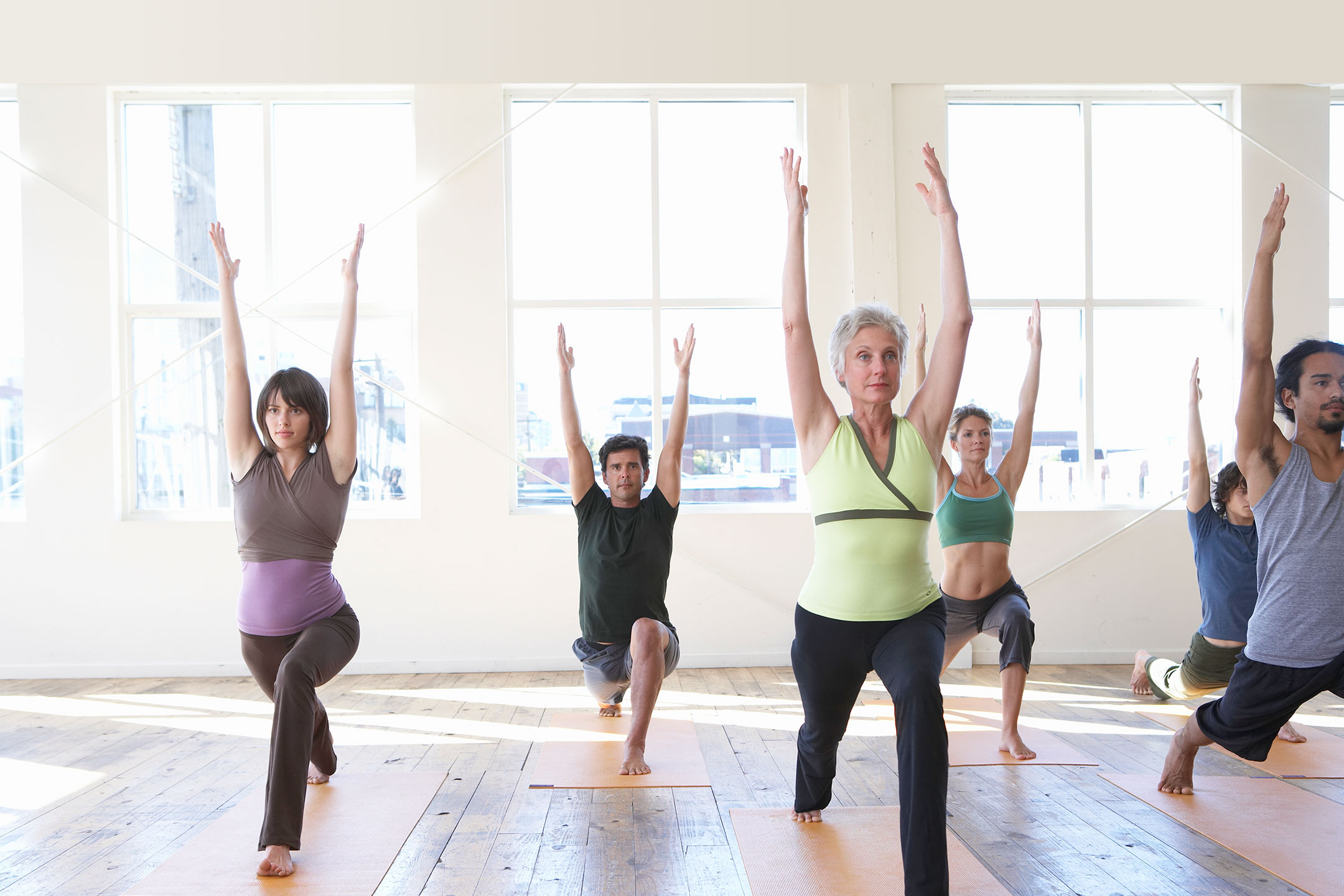
The four types of stretching in yoga
In yoga, there are four types of stretching:
• Static/passive stretching,
• Active stretching,
• Stretching in motion,
• Stretching accentuated by someone.
In the case of osteoarthritis, two types of stretching are preferable, the other two may aggravate your condition.
Passive stretching used in restorative yoga is particularly recommended for people suffering from osteoarthritis. The goal is not to feel discomfort in a position but on the contrary to position oneself in a comfortable posture and let gravity do its work to relax the muscles and strengthen them to reduce joint pain.
Stretching in motion is also beneficial for people with osteoarthritis. All fluid sequences such as the sun salutation are very appropriate for osteoarthritis.
Avoid hatha yoga, which makes you stay in an active posture that requires strength for a long time. The warrior, half-moon or tree posture can be brutal for people with osteoarthritis. Similarly, easy stretching to increase flexibility should be avoided.
What should you do in yoga if you suffer from osteoarthritis?
In all cases, the mobilization of joints experiencing stiffness should be gentle, gradual and painless.
The postures in articular relief, i.e. lying on the back or stomach, are recommended to avoid stressing the aching joints.
Favour gentle and deep movements of the spine by tilting the pelvis whether lying down, sitting or on all fours to stimulate the deep musculature and allow for muscle relaxation, thus alleviating pain.
It is better to invest in accessories to reduce joint stress: chairs, straps, cushions, bolsters, carpets?
You will also avoid excessive repetition of postures and movements that can irritate the joints, as well as postures that involve putting a load on the joints unilaterally (resting on a leg, arm or hand).
Breathing also plays a very important role in oxygenating the muscles and removing toxins. Muscle contraction and relaxation can also be beneficial for joints affected by osteoarthritis.
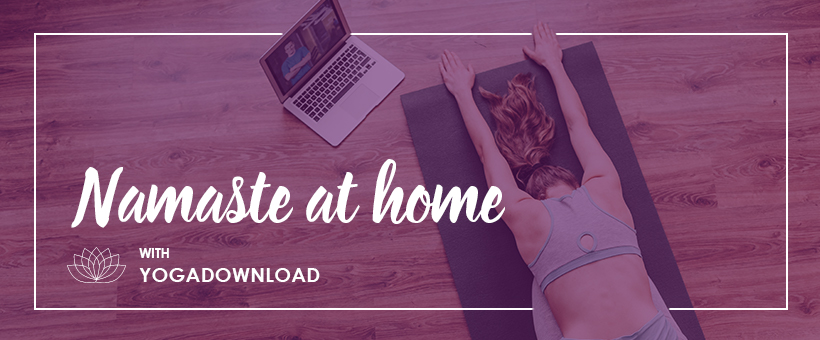
Osteoarthritis of the hip: twisting with the help of a bolster
Position your bolster vertically on your mat and sit with your legs on one side of your body.
Twist so that your bust is facing the bolster and then lie down on the bolster. Your stomach should be in contact with the bolster and your head is turned to the same side as your legs. Your arms are wrapped around the bolster.
Stay in this posture for 3 to 5 minutes to feel all its effects. Change sides.
To fight against osteoarthritis of the fingers, wrists and elbows
Standing on your mat, keep your back straight and your legs apart the width of your hips. Your arms hang down on each side of your body. Clench your fists vigorously before spreading your fingers.
Repeat 10 times.
Next, take care of your wrists: make 10 circles in one direction and 10 circles in the other. No need to go very fast, the goal is to lubricate the joints to keep them supple.
Then, bend your elbows before stretching them ten times in a row. Finally, raise your arms at the sides before lowering them 10 times in a row.

To fight against osteoarthritis of the shoulders and the neck
Standing on your mat, back straight, raise your shoulders on one breath in before lowering them on one breath out. Repeat 10 times.
Then make circles forward with your shoulders and backward. Repeat 10 times, making sure to keep a steady and calm breath.
Then tilt your head forward on an exhalation and tilt your head back on an exhalation. Repeat 10 times. Repeat the same exercise, tilting your head to the right and then to the left.
You can also do the Cat Stretch while standing or on all fours. On one breath in, tuck your head towards your chest, rounding your back, and on one breath out, look up towards the ceiling, bringing your shoulder blades closer together. The sternum is pointing upwards. Repeat the exercise 10 times.
To fight against osteoarthritis of the hips
Standing with your back straight, let your arms hang down on both sides of your body. On one breath, take off your right leg and stretch it forward. On one breath, bring your right leg back to the back of your body. Repeat 10 times before changing legs.
Fighting osteoarthritis of the knees
Several exercises can be used to fight osteoarthritis of the knee. These are exercises that can be done in the morning to stretch when getting out of bed and in the evening to relieve the joints.
First by stretching the hamstrings:
• Sit down, legs straight, feet in flex position,
• Keep your back straight and then come to accentuate the stretch by leaning slightly on your legs on an exhalation,
• Repeat the exercise 10 times, making sure to exhale when you bend over your legs.
You can do the same thing in standing position by going down with your back flat to stretch your hamstrings and calves. You can achieve this position by releasing your upper body as well and trying to touch the ground with your hands. Remember to breathe well.
While sitting on your couch, you can simply come and put one leg on your coffee table and hold the position before changing legs. Adapt the posture time according to your abilities, the goal is not to get stuck.
Then you can stretch the quadriceps :
• Lie on your stomach and bend one of your legs,
• Grab your foot and stay in the position for 3 to 5 minutes before changing legs.
This position is possible while standing by catching his foot at the level of his buttocks. Do not hesitate to stand if you lack balance. The pelvis remains straight and it is the knee that goes backwards.
To strengthen your quadriceps, you can also do the chair exercise by leaning against a wall at 90° as if you were sitting on a chair. Keep the posture as long as you can. At the beginning, you will tend to wear out quickly but progress is rapid.


